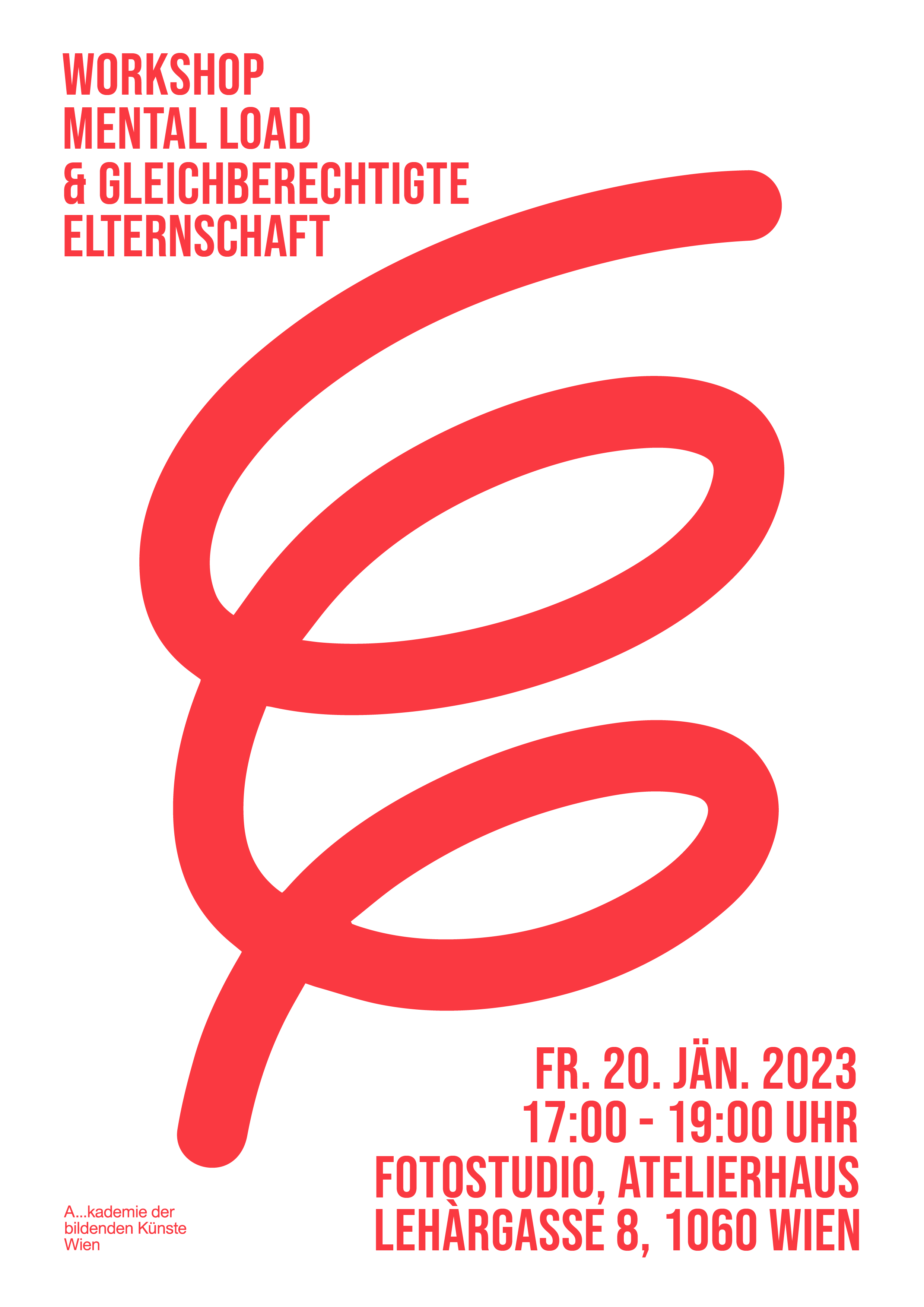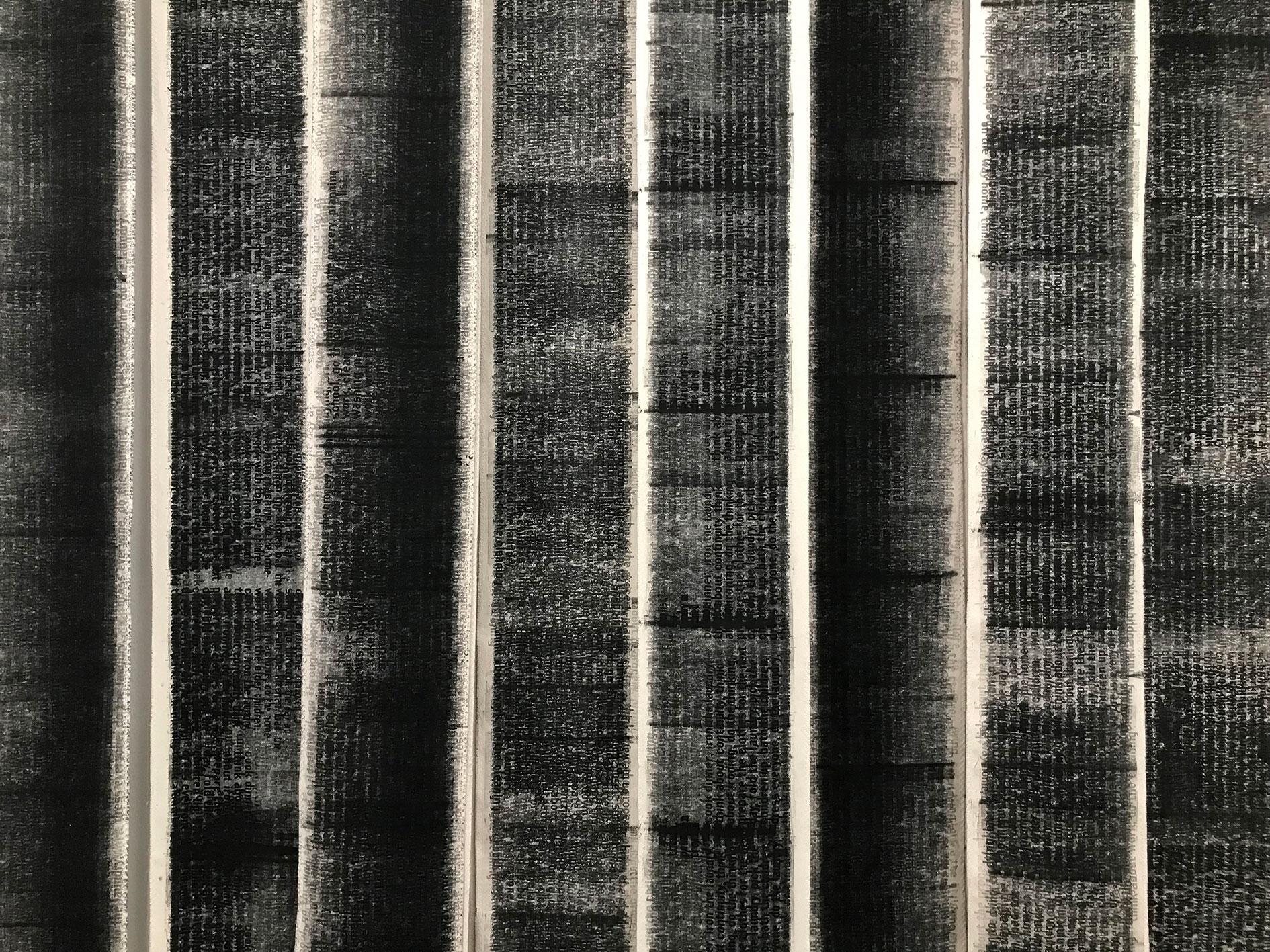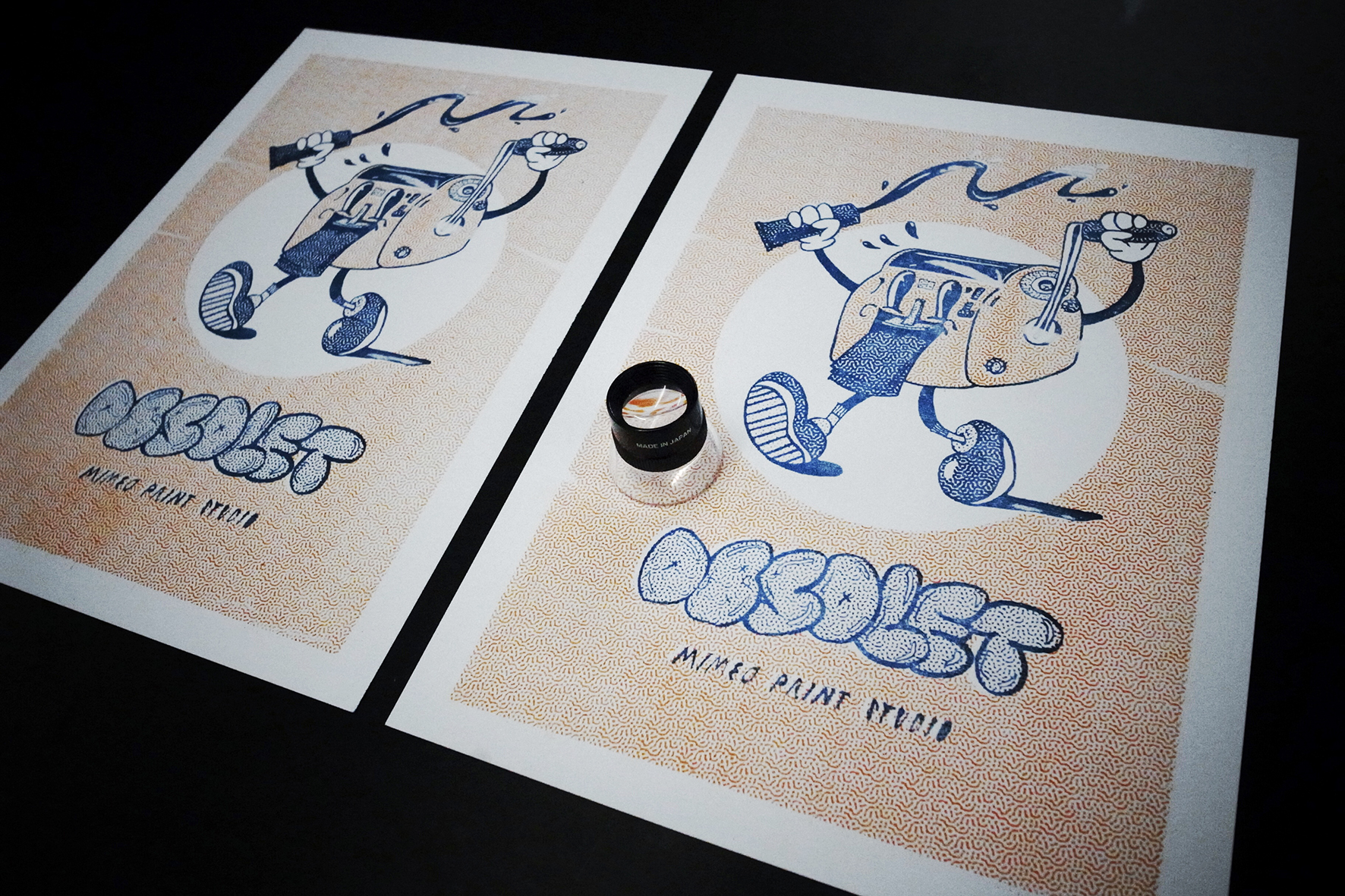
performance
Spirit Duplicator, Vodka and Tagada Strawberries
Rausch/Tagada Club, Brunnengasse, Vienna AT
Enthronement mass of the book “Oh Wien, siehe die Sau (dein Land)” by Lydia Haider at the Tagada Club. Printing with vodka on a spirit duplicator.
All photographs credits: © Appolonia T. Bitzan.










performative installation
on the value of reproduction
Exhibit Eschenbachgasse, Vienna AT
- Banners installation
224cm x ongoing, printed cotton on clothes-hanger. -
Mimeography on unbleached cotton
150gsm, 25x1200cm loop. -
Stencil duplicators Gestetner
model 366 & 360, black oil-based ink. -
Shading plates
laser cutted plexiglas 3mm fluo red, 20,7 x 8 cm each. -
Sound recordings
mother, 22:01 min; 5 cis men, 23:10 min
The installation consists of three parts.
The continuous loop print shows a list of daily housework activities. Daily housework is one aspect of care work that is mostly done by women*. This is not only due to traditional concepts of men* and women* but is ingrained in our economy that is built on exploitation and devaluation of this care work. Care work is perceived as a permanent available resource at the service of our society.
The loop is a symbol of time and continuity, an invariable succession of identical moments and tasks. But this does not withstand the accumulation of layers of traces printed on the textile. Like time carries memories of past events, each cycle is adding up to the previous, like layers of sediment piling up one onto another. The repetition of daily routines form an agglomerate dominated by fatigue, resilience and endurance.
The print is the result of a process of contact and release, which links it immediately to themes of touch, presence, and intimacy, but also loss, separation, and memory.1
The printing medium is a fabric made of cotton pocket liner. Primarily used for the pocket’s inward side, it is usually intended to be invisible. Here it receives the ink and traces the activities of reproductive labor that are often unseen and more often unvalued.
The continuous loop print shows a list of daily housework activities. Daily housework is one aspect of care work that is mostly done by women*. This is not only due to traditional concepts of men* and women* but is ingrained in our economy that is built on exploitation and devaluation of this care work. Care work is perceived as a permanent available resource at the service of our society.
The loop is a symbol of time and continuity, an invariable succession of identical moments and tasks. But this does not withstand the accumulation of layers of traces printed on the textile. Like time carries memories of past events, each cycle is adding up to the previous, like layers of sediment piling up one onto another. The repetition of daily routines form an agglomerate dominated by fatigue, resilience and endurance.
The print is the result of a process of contact and release, which links it immediately to themes of touch, presence, and intimacy, but also loss, separation, and memory.1
The printing medium is a fabric made of cotton pocket liner. Primarily used for the pocket’s inward side, it is usually intended to be invisible. Here it receives the ink and traces the activities of reproductive labor that are often unseen and more often unvalued.
The sound installation is the result of two conversations conducted by the artist. In the first conversation the artist speaks with his mother about her life and the care work she has done as a working mother of four children from the 70s to the 90s. The second conversation is a group discussion of five cis men between 19 and 70 who were invited to look at their own roles as partners, fathers, sons or flatmates and to critically question gender dynamics and everyday routines. In the juxtaposition of the two conversations, a space of untranslatability emerges that points beyond the individual perspective to the structures we have internalized through society and education.
The shading plates are linked to the stencil duplicators. These printing machines are the predecessors of today’s printers and were used in the 60s and 70s by secretaries and typists, positions predominantly held by women. The shading plates were one of the various accessories to embellish and render the prints unique. Through frottage the pattern was transferred from the plate to the stencil. Inspired by the Beauties series from Willie Cole and the rubbing series from Mona Hatoum, the five shading plates show imprints of the materiality of objects used in daily care work. They materialize the banal of everyday life permanently, revaluing them as artistic artifacts.
1 Jennifer L. Roberts, A. W. Mellon Lectures.
The shading plates are linked to the stencil duplicators. These printing machines are the predecessors of today’s printers and were used in the 60s and 70s by secretaries and typists, positions predominantly held by women. The shading plates were one of the various accessories to embellish and render the prints unique. Through frottage the pattern was transferred from the plate to the stencil. Inspired by the Beauties series from Willie Cole and the rubbing series from Mona Hatoum, the five shading plates show imprints of the materiality of objects used in daily care work. They materialize the banal of everyday life permanently, revaluing them as artistic artifacts.
1 Jennifer L. Roberts, A. W. Mellon Lectures.








performance
Schillerplatz, Vienna AT
OBSOLET invites you to the interactive print performance ‚MONEY MAKER‘.
We produce the bills, you cash in!
💲 Original money printed by OBSOLET!
💲 A little incursion through the who's who of Austrian corruption history!
💲 Use your prime time and get hold of limited bills from OBSOLET!
💲 In the well-known MONEY MAKER tv-show’s manner, you have 30 seconds to make money in the money shower!
💲 A pure moment of shower-happiness! Don't forget the final position - there is a lot to be gained here!

The Money Maker performance plays with the desire for money. The desire to enrich oneselves is connected to a socio-political level. Hence, although the bills are the promised profit, they exemplify the continuity of political corruption in Austrian politics. Corruption means bribery and corruptibility. According to Transparency International, corruption is an abuse of power for personal gain. It doesn't always have to be about money, it can also be about status and positions.
'Political corruption' in the narrower sense describes the use of a public office for one's own private benefit or for the benefit of third parties, while at the same time causing harm to the general public. Personal enrichment, striving for power and assigning posts to friends, misuses the act of giving as a constituent element of friendship. Furthermore, it undermines community-related and binding decisions in social coexistence, which is often about the fair distribution of resources. So the harm to the general public is not only monetary, but also moral and symbolic.
Money Maker approaches this contentious political and social issue in an ironic way. The own desire to rake in money is addressed. Like a lottery in which it is supposedly possible for everyone to find personal happiness. Because what is luck other than to be bathed in money! But only the who-is-who of political corruption falls on our heads. It is not about individuals but showing the structural continuity of corruption in recent Austrian political history.
We therefore ask ourselves: Do we want to live in a society in which self-interest and personal enrichment take precedence over the public interest and fair distribution is a mob's battlefield? And we answer: YES! Money is our best friend! We produce the most precious goods, the most beautiful flowers, our local money production does not have to hide in the back room, we show our mimeographs and bring apparently obsolete printing techniques and bills to the people. We are now taking the problem into our own hands. An act of charity in which we compensate for the financial damage that has been done to us! You can print your own bills by lending a hand!





public workshop
Shillerplatz, Vienna AT
Otomatic was a four-day drawing – self-publishing workshop. By-passers could draw in a short time and spontaneous manner whatever came to their mind, the drawings were then printed with an analog stencil duplicator.
The Otomatic drawing workshop references the Surrealists, but focuses on spontaneity, playfulness, and the freedom it confers. We aimed to exploit the idea of reaching out to the subconscious and trying to repress control and rationality while drawing. In the first two days of the workshop people had the possibility to draw spontaneously, then the drawings were duplicated with two gestetner duplicators (300 and 330 models) on site. In this way we created a pool of drawings that people could chose from to edit their own individual sketchbook. Through the sketchbook, the individual, creative act of drawing was embedded in a collective artwork. Furthermore, people could be part of the whole production process, make their own editorial choices and create their own sketchbook which was made possible by a collective creative expression. The workshop took place at Schillerplatz in front of the Academy of fine arts Vienna. A total of 156 drawings on 2.730 double-sided A5 pages were printed.


Mascotti print
our contribution to Gestetner140
